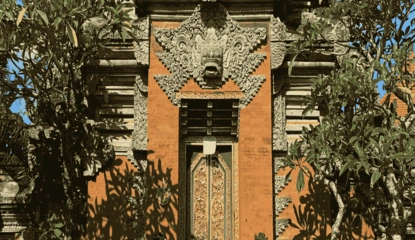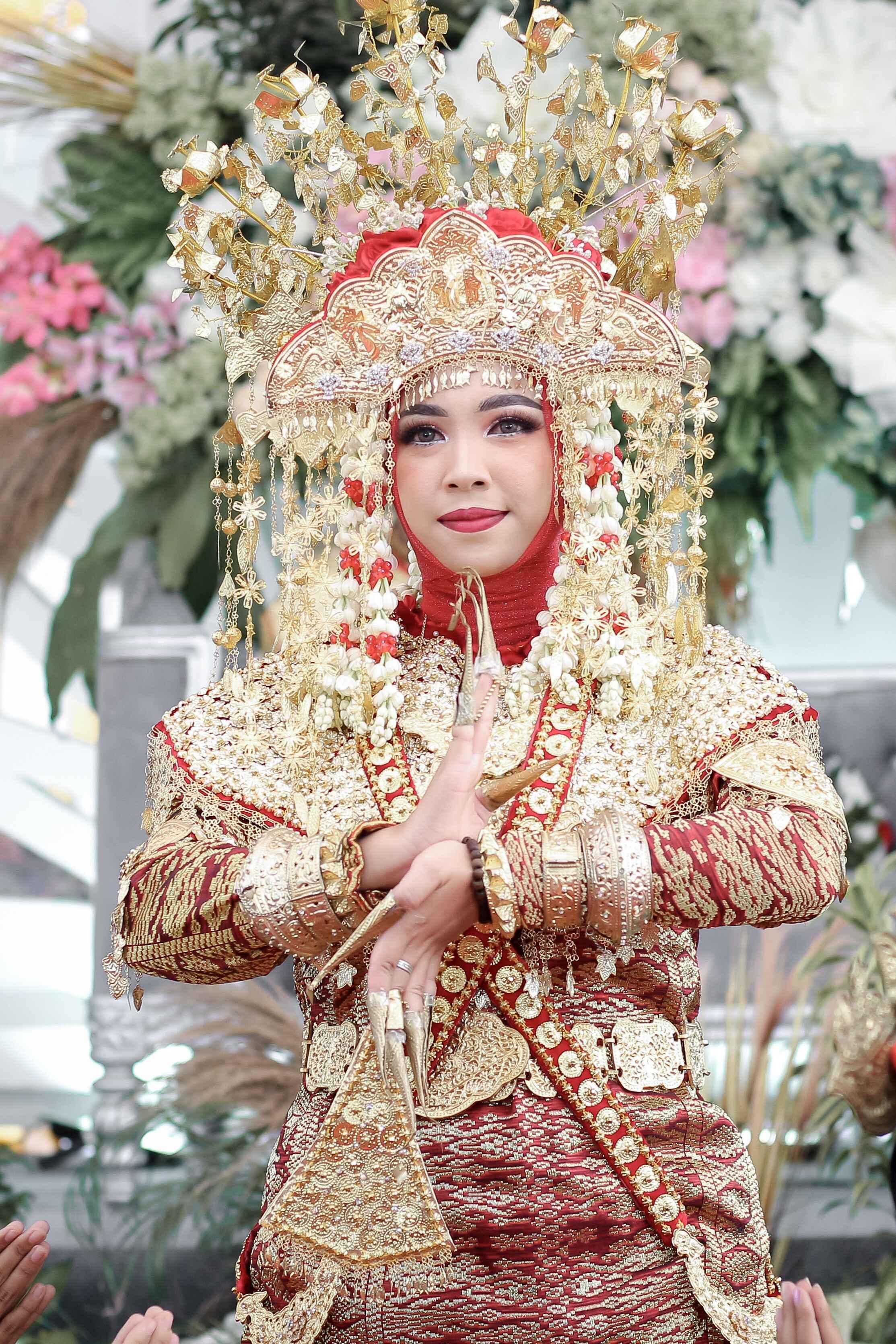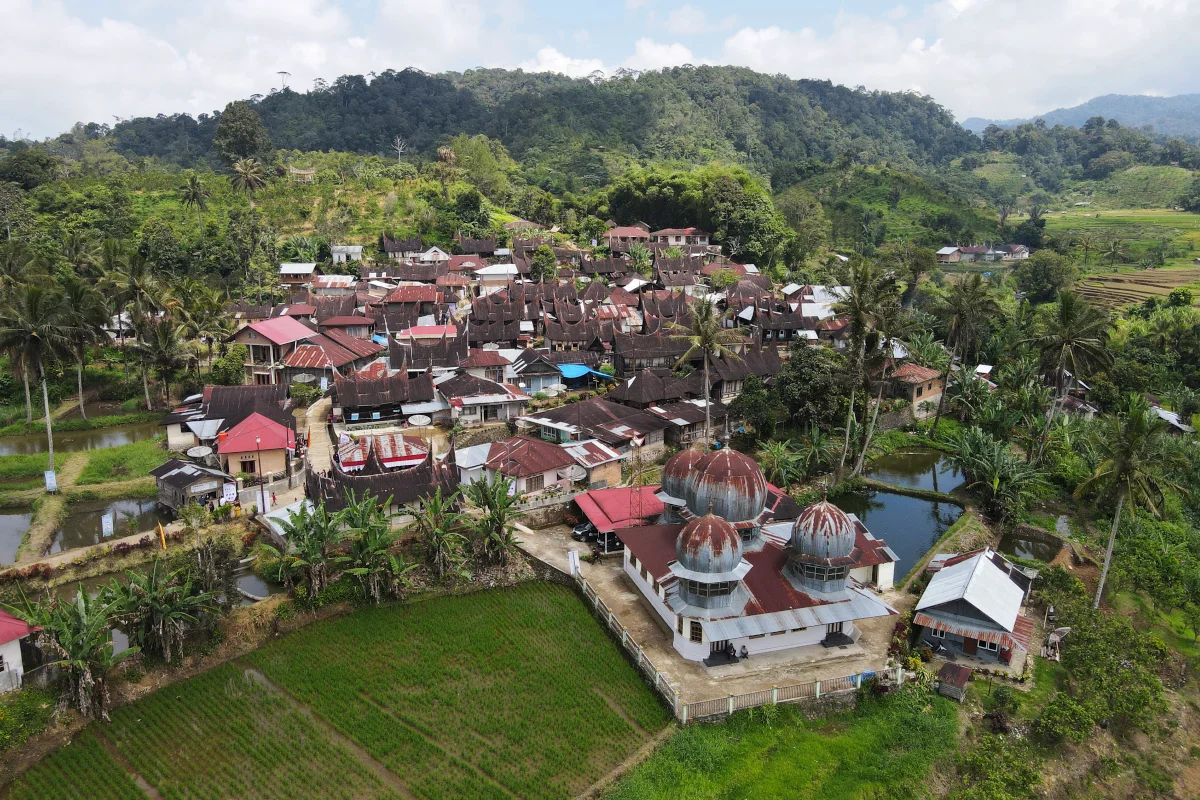South Sumatra has a rich cultural heritage, one aspect of which is reflected in its diverse traditional clothing. Each traditional attire represents the beauty of traditional art and symbolizes the noble values of the local culture.
Here are five traditional garments that are a source of pride for the people of South Sumatra:
-
Aesan Gede
Aesan Gede is the grand ceremonial attire of the Palembang people, symbolizing grandeur and elegance. This outfit is often worn by brides during weddings. Dominated by gold, Aesan Gede is decorated with gold thread embroidery and luxurious accessories such as crowns, necklaces, and bracelets. Its beauty reflects the social status and cultural greatness of South Sumatra. -
Aesan Pasangko
Aesan Pasangko is another variation of Palembang’s traditional attire, simpler than Aesan Gede. While its design is less extravagant, this outfit still radiates elegance with soft motifs and colors. Aesan Pasangko is often worn at formal or semi-formal events, maintaining the cultural and aesthetic values. -
Paksian
Paksian is the traditional clothing of the Bangka Belitung region, closely tied to Malay culture. For women, Paksian consists of a long-sleeved blouse and a long skirt decorated with embroidery or gold thread. This attire symbolizes modesty and elegance and is commonly worn at traditional events such as weddings and other ceremonies. -
Baju Kurung
Baju Kurung is a typical Malay outfit widely worn in South Sumatra. With a loose, modest cut, Baju Kurung reflects the value of modesty highly regarded by the community. It is typically paired with a songket fabric and is worn by both men and women at various cultural events or even daily activities. -
Teluk Belango
Teluk Belango is a traditional men’s outfit with a simple yet formal design. It consists of a loose-fitting long-sleeved shirt, often paired with a sarong or songket worn around the waist. Teluk Belango conveys a dignified impression and is commonly worn at formal occasions.









